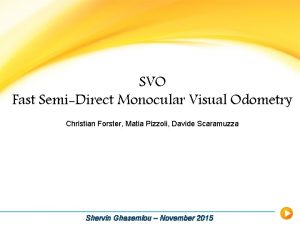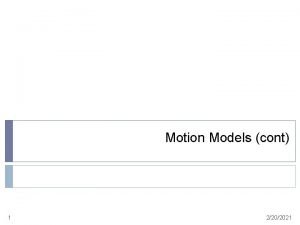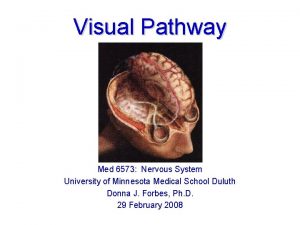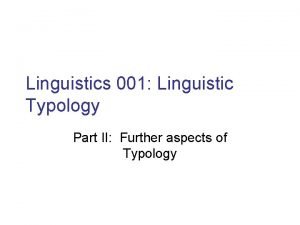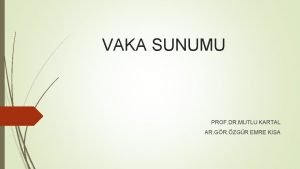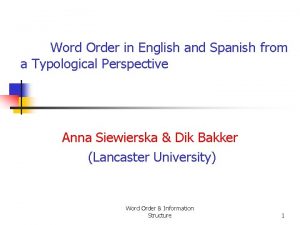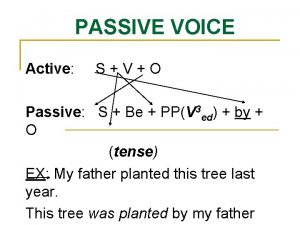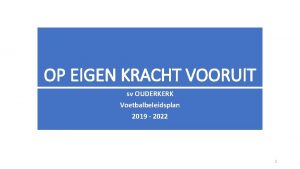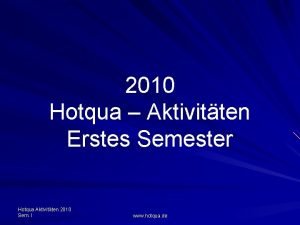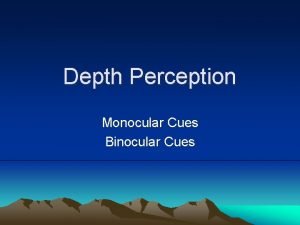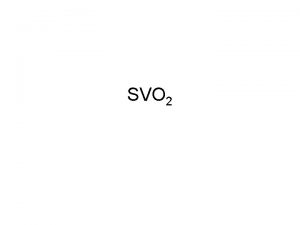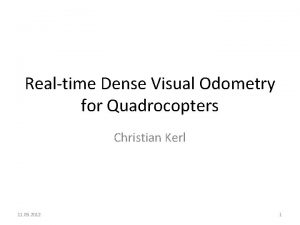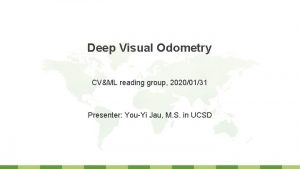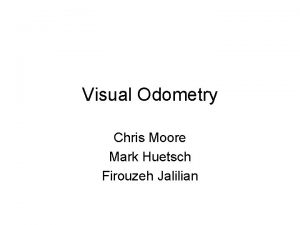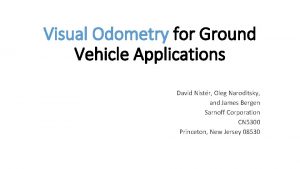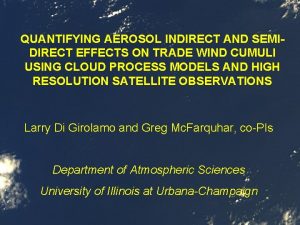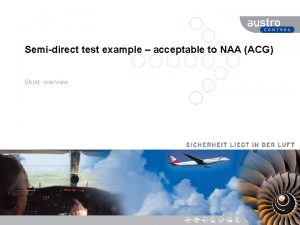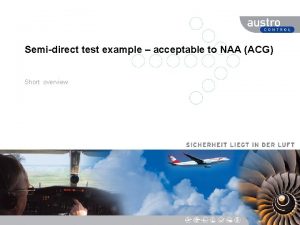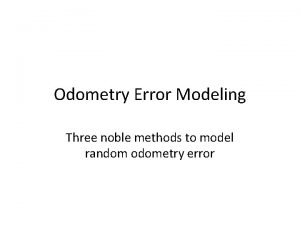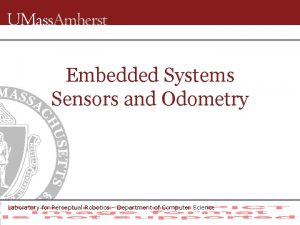SVO Fast SemiDirect Monocular Visual Odometry Christian Forster

















- Slides: 17

SVO Fast Semi-Direct Monocular Visual Odometry Christian Forster, Matia Pizzoli, Davide Scaramuzza Shervin Ghasemlou – November 2015

INTRODUCTION SVO: • Is a method that combines Feature based methods and direct methods for visual Odometry • According to authors, All Visual Odometry works for MAVs are featurebased. • SVO is more robust and allows faster flight maneuvers • Higher accuracy and speed Shervin Ghasemlou – December 2015

INTRODUCTION Feature based Methods: • Extract a sparse set of features • Match them in successive frames • Recover camera pose and also structure using epipolar geometry • Finally refine pose and structure Shervin Ghasemlou – December 2015

INTRODUCTION Direct Methods: • Uses intensity of the image • Exploit information from all parts of the image • These methods outperform feature based mthods in term of robustness • In scenes with little textures • Camera defocus • Motion blur • They save time of feature detection Shervin Ghasemlou – December 2015

CONTRIBUTIONS 1 -A novel semi direct VO method for MAVs, which in comparison with the state of the art methods, is • faster • More accurate 2 -Integration of a probabilistic mapping method • Robust to outliers Shervin Ghasemlou – December 2015

ALGORITHM Two Thread • Motion Estimation • Sparse model-based image alignment • Feature alignment • Pose and structure refinement • Mapping Shervin Ghasemlou – December 2015

FLOWCHART Shervin Ghasemlou – December 2015

MOTION ESTIMATION (1)Sparse mode based image alignment • The maximum likelihood estimate of the rigid body transformation Tk, k− 1 between two consecutive camera poses minimizes the negative log-likelihood of the intensity residuals: • The intensity residual dδ is defined by the photometric difference between pixels observing the same 3 D point. Shervin Ghasemlou – December 2015

MOTION ESTIMATION It can be computed by back-projecting a 2 D point u from the previous image Ik− 1 and subsequently projecting it into the current camera view: • Where Shervin Ghasemlou – December 2015

MOTION ESTIMATION Shervin Ghasemlou – December 2015

MOTION ESTIMATION (2)Relaxation through feature alignment • The last step aligned the camera with respect to the previous frame • To reduce the drift, the camera pose should be aligned with respect to the map, rather than to the previous frame Shervin Ghasemlou – December 2015

MOTION ESTIMATION Shervin Ghasemlou – December 2015

MOTION ESTIMATION (3)Pose and Structure Refinement • In this final step, we again optimize the camera pose Tk, w to minimize the re-projection residuals: Shervin Ghasemlou – December 2015

MOTION ESTIMATION Shervin Ghasemlou – December 2015

EXPERIMENTAL RESULTS Experiments were performed on a data set recorded from two sources • On the quad-rotor • A handheld camera Process done on : • Quad-copter embedded platform • A laptop Two settings • One for accuracy • One for speed Shervin Ghasemlou – December 2015

EXPERIMENTAL RESULTS Comparison with PTAM • The proposed method has fewer outliers due to the depthfilter Shervin Ghasemlou – December 2015

Questions?
 Svofast
Svofast Odometry motion model
Odometry motion model Eye lesions
Eye lesions Svo filing requirements
Svo filing requirements Head initial
Head initial Svo
Svo S-itv sentence pattern examples
S-itv sentence pattern examples Mutlu kartal
Mutlu kartal Svo word order
Svo word order Future continuous tense passive voice
Future continuous tense passive voice Ouderkerk voetbal
Ouderkerk voetbal Svo ili sve
Svo ili sve Acid fast vs non acid fast
Acid fast vs non acid fast Example of acid-fast bacteria
Example of acid-fast bacteria Strengths and weaknesses of the forster act 1870
Strengths and weaknesses of the forster act 1870 Edward morgan forster biography
Edward morgan forster biography Josef förster
Josef förster Wutzke und förster oldenburg
Wutzke und förster oldenburg
